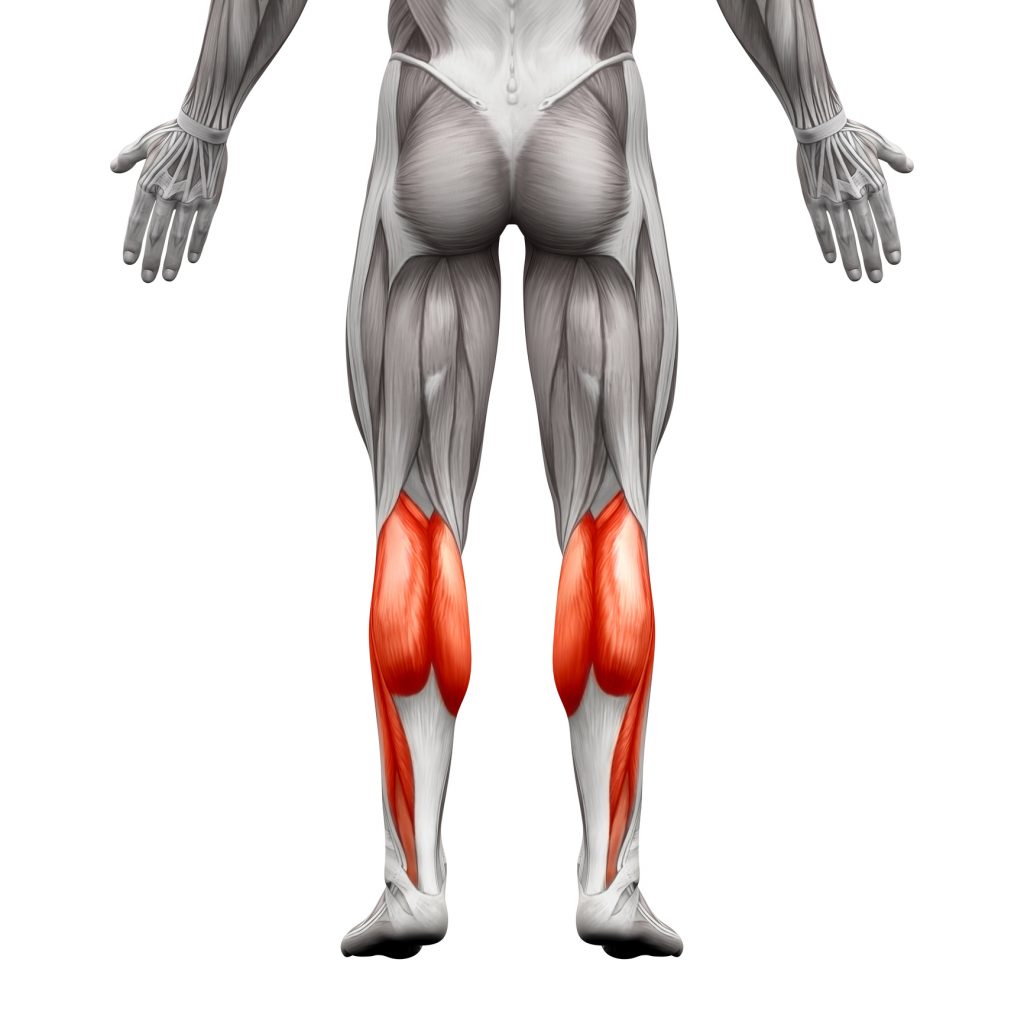
How to Pump Up Your Calves: A Comprehensive Guide
Strong and well-defined calves are essential for a balanced lower body and overall athletic performance. The calf muscles, located at the back of the lower leg, play a critical role in walking, running, and jumping. Pumping up your calves involves a combination of targeted exercises, proper technique, and consistent effort. Here’s a detailed guide on how to build impressive calf muscles.
1. Understanding Calf Muscles
The calf muscles consist of two main parts:
- Gastrocnemius: The larger, more prominent muscle that forms the bulk of the calf. It has two heads (medial and lateral) and is responsible for plantar flexion of the foot and bending the knee.
- Soleus: A flatter, deeper muscle that lies beneath the gastrocnemius. It is also responsible for plantar flexion and is crucial for activities that require endurance.
2. Effective Calf Exercises
To develop strong and defined calf muscles, incorporate a variety of exercises that target both the gastrocnemius and soleus. Here are some of the best exercises:
a. Standing Calf Raises
- How to Do: Stand with your feet shoulder-width apart and your toes pointing forward. Rise onto your toes, lifting your heels as high as possible. Hold for a moment at the top, then lower your heels back down slowly.
- Benefits: Primarily targets the gastrocnemius.
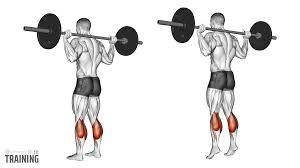
b. Seated Calf Raises
- How to Do: Sit on a bench with your feet flat on the ground and your knees bent at a 90-degree angle. Place a weight on your thighs and lift your heels as high as possible. Hold for a moment at the top, then lower your heels back down slowly.
- Benefits: Primarily targets the soleus.
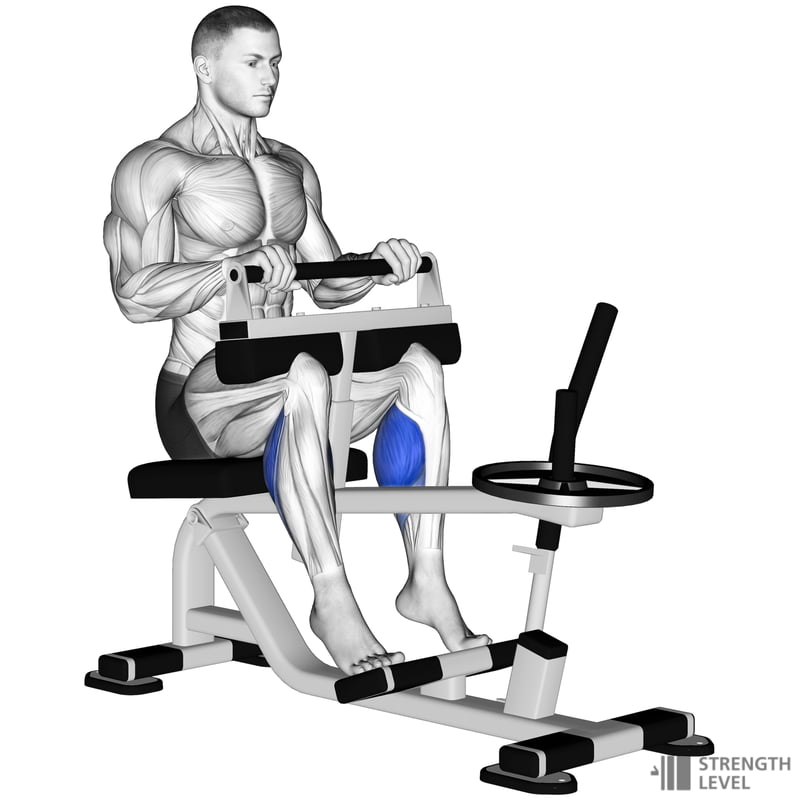
c. Donkey Calf Raises
- How to Do: Bend at the hips and rest your upper body on a bench or similar support. Keep your legs straight and rise onto your toes, lifting your heels as high as possible. Hold for a moment at the top, then lower your heels back down slowly.
- Benefits: Engages both the gastrocnemius and soleus.
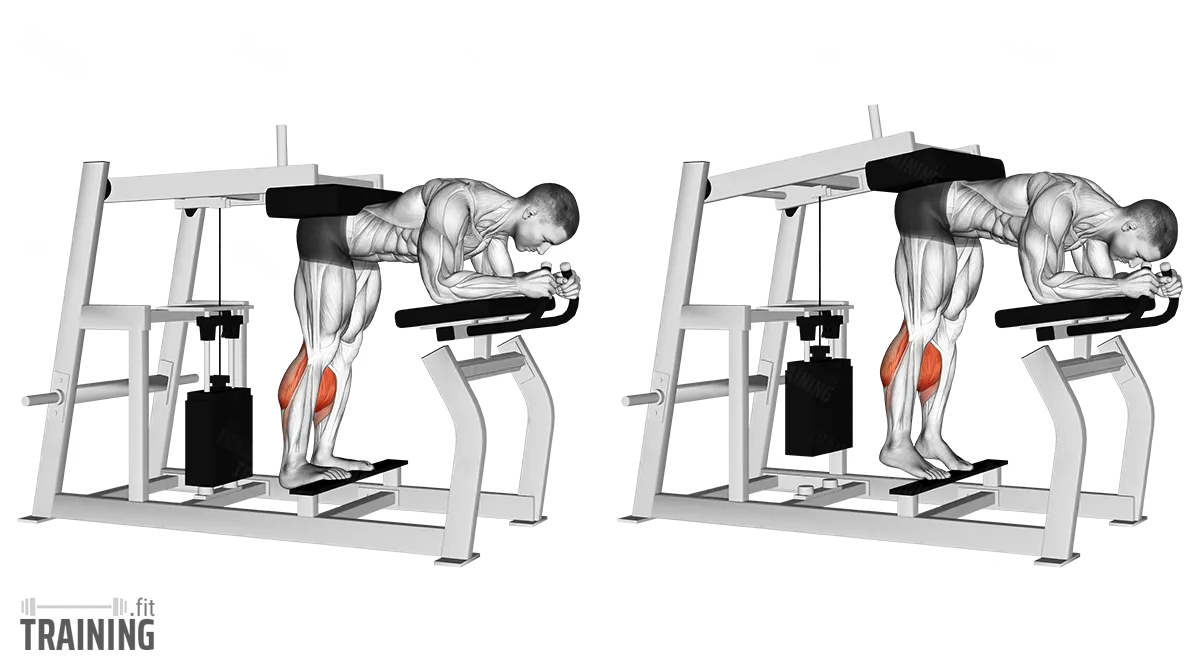
d. Calf Press on Leg Press Machine
- How to Do: Sit on the leg press machine with your feet positioned at the bottom of the platform, toes pointing forward. Push the platform away by extending your legs, then perform calf raises by lifting your heels and pressing the balls of your feet against the platform. Lower your heels back down slowly.
- Benefits: Allows you to use heavier weights and targets the entire calf muscle.
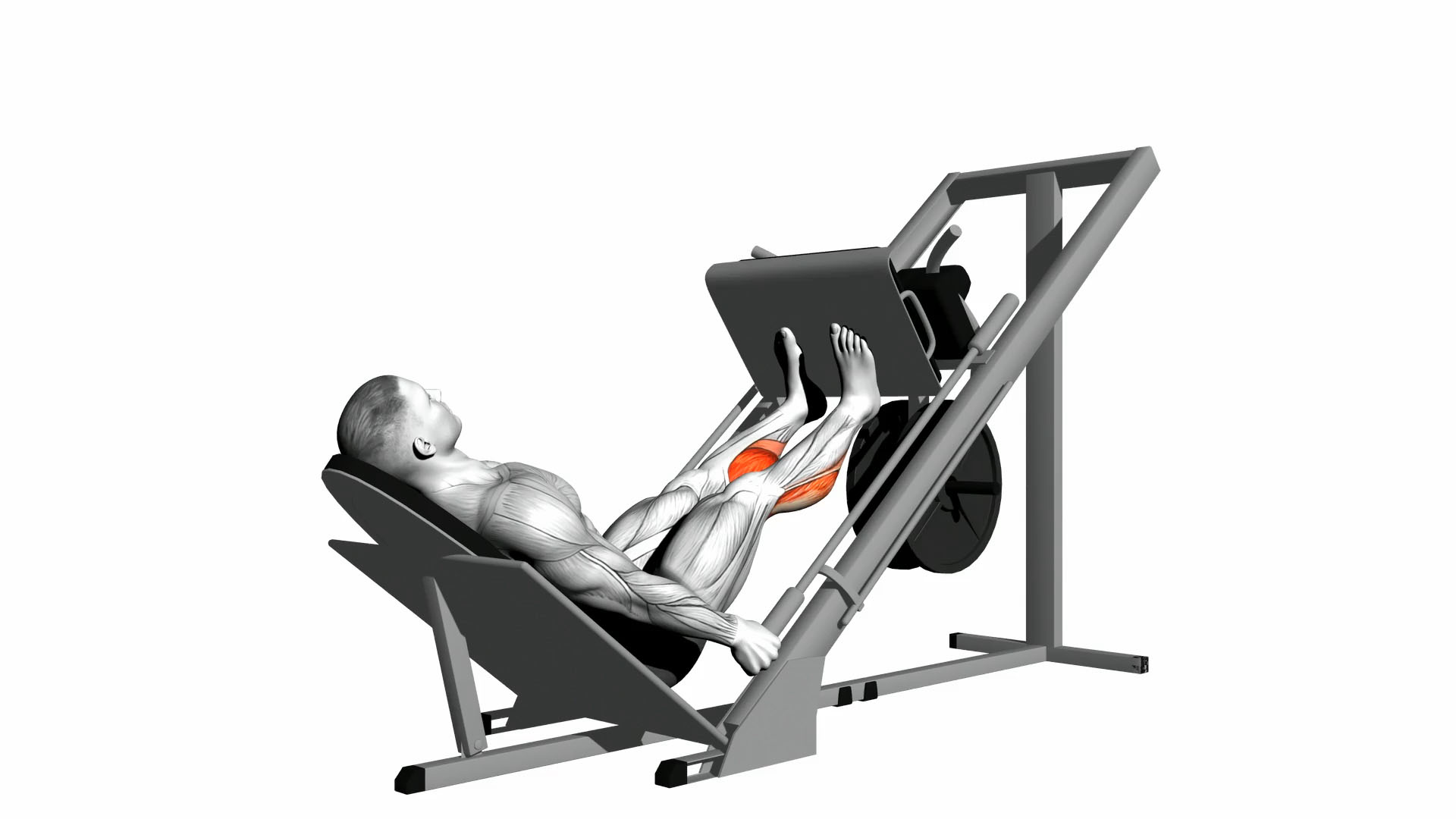
e. Box Jumps
- How to Do: Stand in front of a sturdy box or platform. Jump onto the box, landing softly with your knees slightly bent. Step back down and repeat.
- Benefits: Provides a dynamic workout for the calves and improves explosiveness.
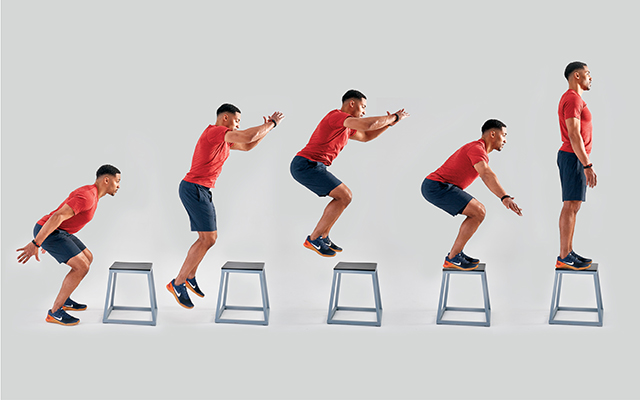
3. Proper Technique and Tips
To maximize effectiveness and prevent injury, focus on proper technique:
- Controlled Movements: Perform exercises with controlled, deliberate movements.
- Full Range of Motion: Ensure you’re fully extending and contracting your calf muscles with each rep.
- Avoid Cheating: Maintain good posture and avoid using momentum to lift the weights.
- Mind-Muscle Connection: Concentrate on feeling your calves work during each exercise.
4. Progressive Overload
To achieve continuous muscle growth, progressively increase the demands on your muscles:
- Increase Weights: Gradually lift heavier weights as your strength improves.
- Increase Reps and Sets: Add more repetitions or sets to your routine.
- Vary Exercises: Change your exercises periodically to target your muscles differently and prevent plateaus.
5. Nutrition for Muscle Growth
Proper nutrition is essential for building muscle:
- Protein Intake: Ensure you’re consuming enough protein to support muscle repair and growth. Aim for 1.2 to 2.2 grams of protein per kilogram of body weight.
- Balanced Diet: Include a mix of carbohydrates, healthy fats, and plenty of fruits and vegetables.
- Stay Hydrated: Drink plenty of water to support overall health and muscle function.
6. Consistency and Recovery
Building impressive calf muscles requires consistency and adequate recovery:
- Regular Workouts: Aim to train your calves at least twice a week, allowing for sufficient rest between sessions.
- Rest and Recovery: Give your muscles time to recover by getting enough sleep and taking rest days as needed.
- Stretching and Warm-Up: Always warm up before workouts and stretch afterward to prevent injury and improve flexibility.
Conclusion
Achieving well-defined and powerful calf muscles takes dedication, proper technique, and a balanced approach to fitness and nutrition. By incorporating effective exercises, maintaining a healthy diet, and staying consistent with your workouts, you can develop the strong, sculpted calves you desire. Remember, progress takes time, so be patient and stay committed to your fitness journey.
